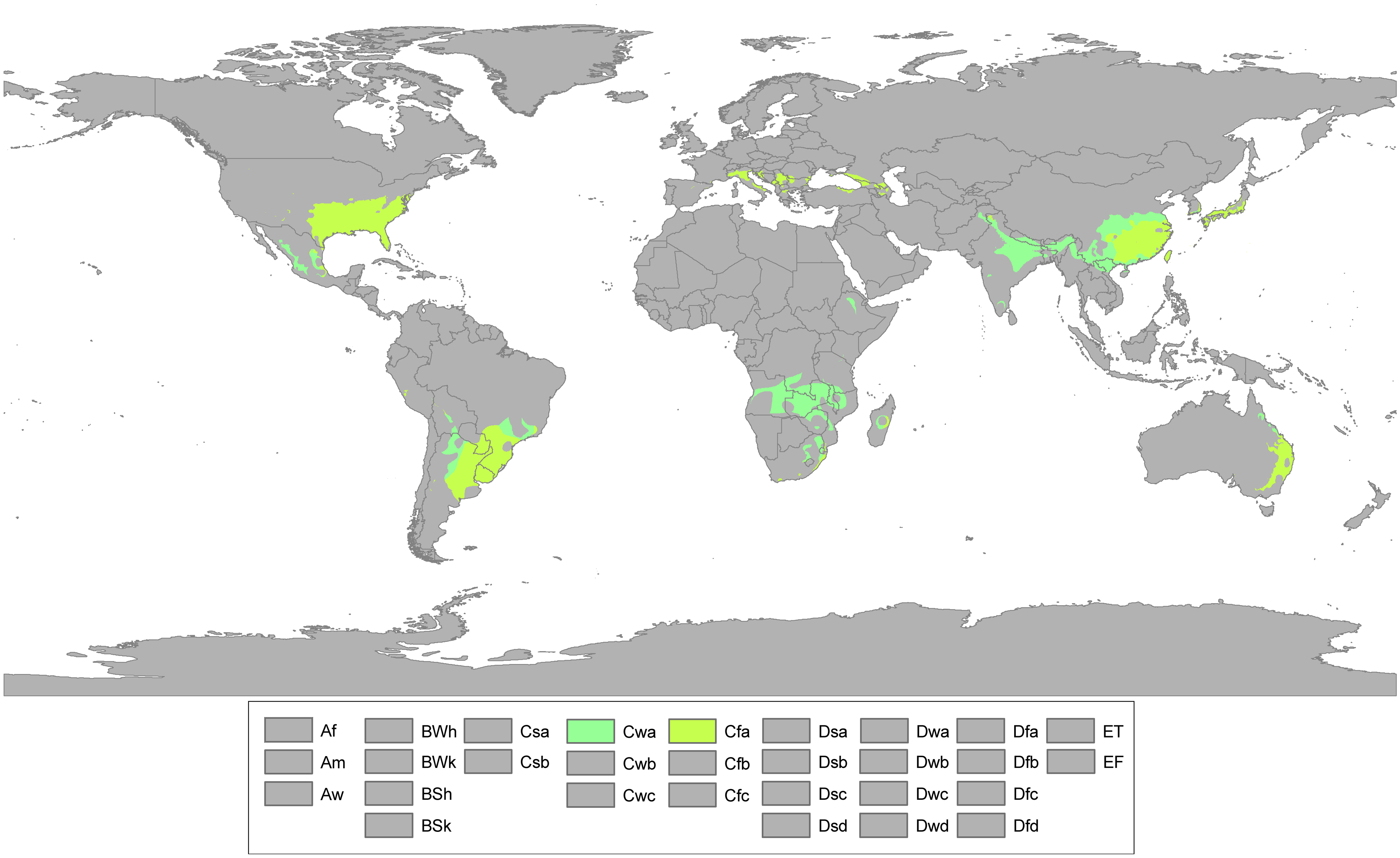




 1
1

















Growing on my small acre in SW USA; Fruit/Nut trees w/ annuals, Chickens, lamb, pigs; rabbits and in-laws onto property soon.
Long term goal - chairmaker, luthier, and stay-at-home farm dad. Check out my music! https://www.youtube.com/@Dustyandtheroadrunners




![Filename: perfectwallBSI-001_Figure_09_web.jpg
Description: diagram of ideal wall assembly [residential] [Thumbnail for perfectwallBSI-001_Figure_09_web.jpg]](/t/131878/a/97569/perfectwallBSI-001_Figure_09_web.jpg)
inside every car is a pedestrian, just Waiting to be free...




 1
1




 2
2




Silence is Golden
For all your RMH needs:
dragontechrmh.com








Jordan Mathis wrote:Are your local buildings typically well sealed or do they have a lot of air leaks?
Moving air carries a lot more moisture and heat/cooling than what permeates the material itself.




Tiny garden in the green Basque Country




Dustin Rhodes wrote:I haven't used it, and do not necessarily endorse it, but this article list Aircrete as having an r-value of 3.9/in.
Aircrete (with a 'c') differs from AirKrete (with a 'K'). but not by much. Both are cement mixed with foam, instead of water, making an air-filled cement that insulates. AirKrete uses a magnesium phosphate-based cement - others may be using portland cement (calcium silicate-based). As far as I know.
Brian
-
Treehugger - Aircrete as Insulation
 1
1




Dave de Basque wrote:
I'm not sure about the process of going from shorn sheep's wool to ready-to-go insulation material,
 1
1




Sebastian Köln wrote:Dale, According to the Köppen classification it is Cfa.
Historically… there isn't really any insulation. 10cm thick walls of wood, clay and lime.
It is definitely possible to get along without insulation, that just requires either being cold resistant or having a huge pile of firewood.
However with the amount of sun there is all year around, I don't see any reason to use wood for heating. The building only needs to collect and store the energy for about a week. (There are usually only 2-3 days of rain.)




Steven Lindsay wrote:With that in mind, how about heating using the sun? This method also provides fresh air ventilation, thereby mitigating the mold problem... http://www.iedu.com/Solar/Panels/index.html

|
Look! I laid an egg! Why does it smell like that? Tiny ad, does this smell weird to you?
A rocket mass heater is the most sustainable way to heat a conventional home
http://woodheat.net
|



